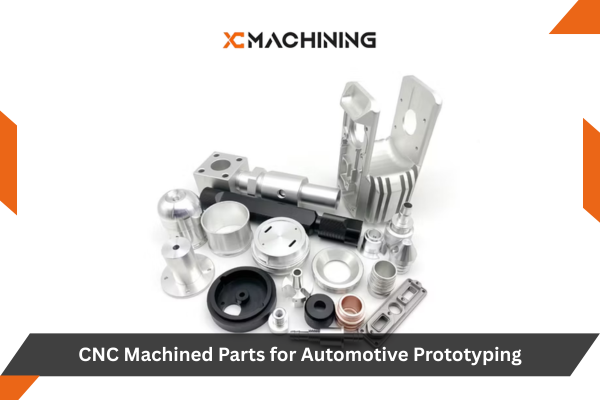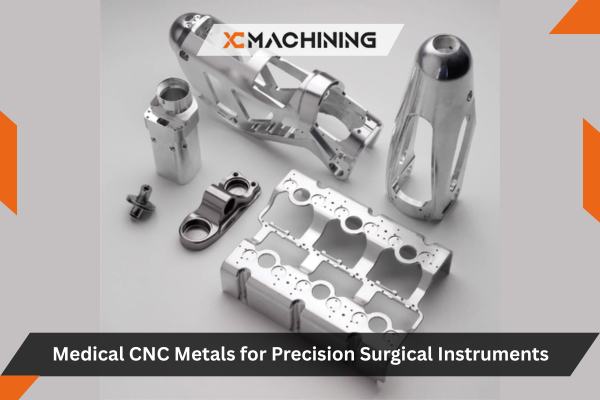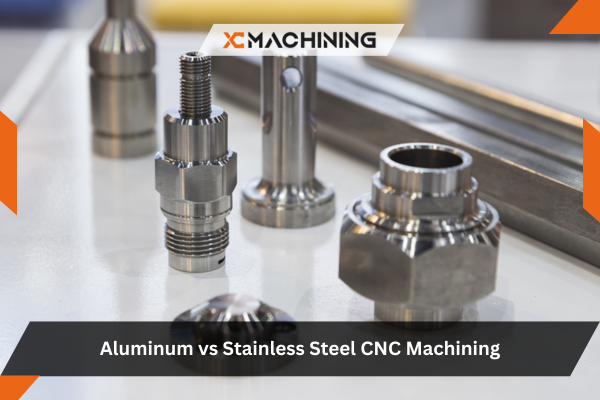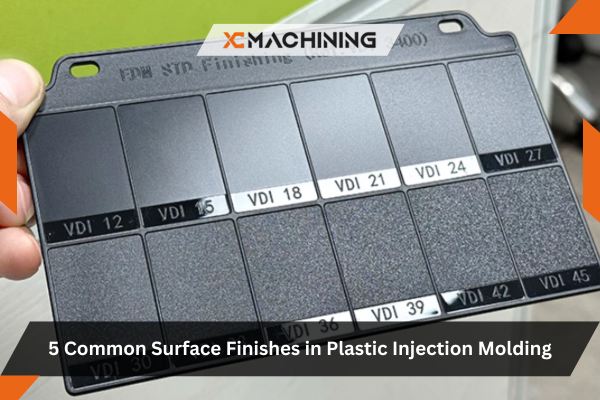Meta Description: Discover how CNC machined parts for automotive accelerate automotive prototyping with speed, precision, and flexibility design hacks, supplier tips, and future trends.
You’ve sketched the next killer car gadget on a napkin, but turning that doodle into metal or plastic that actually fits under a hood feels scary. CNC machined parts for automotive prototyping promise to bridge that gap, yet you might wonder: “Will it bust my budget? Can it hit the tolerances my engine bay demands? And how fast can I see, touch, and test the real thing?”
Short answer: CNC machining shines because it
- Delivers prototypes in days
- Nails ±0.02 mm tolerances
- Handles anything from aluminum to PEEK
- Scales smoothly to low-volume runs
- Plays nicely with your CAD tweaks
In this guide, we’ll unpack why machinists love prototypes, compare 3-axis to 5-axis wizardry, sneak in money-saving design tricks, warn you about pitfalls, showcase materials, and peek at future tech so by the end, you can order CNC machined parts for automotive like a seasoned pro.
CNC Machined Parts For Automotive: Speed, Precision, Freedom
A concept car changes more outfits than a fashion model. That constant change demands manufacturing that’s both lightning-quick and razor-accurate. CNC machining delivers raw blocks today and finished curves tomorrow because code drives cutters, not long lead molds.
You upload a STEP file at lunch, and parts appear on your bench before next week’s stand-up. Better yet, the process repeats without tooling charges each time you tweak a rib or boss. That agility is gold when deadlines and budgets act like mischievous gremlins. Plus, modern machines hold tolerances tight enough for functional under-hood assemblies no more “close enough” print parts melting beside a turbo. And remember, CNC machined parts for automotive can be milled from the same alloys your production car will use, giving you rock-solid test data.
Cut Lead Times in Half
Shaving weeks off the schedule isn’t magic; it’s math. Skip mold-making, upload code, and chips fly within hours. Engineers iterate twice as fast and beat competitors to market.
Iterate Without Fear
Change one dimension? No sweat. Re-post the program and rerun. CNC doesn’t punish edits the way injection tooling does, so creativity flows.
Hold Tolerances Like a Pro
Need ±0.01 mm flatness on a mating flange? 5-axis CNC machining parts for automotive prototypes routinely hit that number, making leak tests and press-fits drama-free.
Understanding The Basics Of CNC Machined Parts
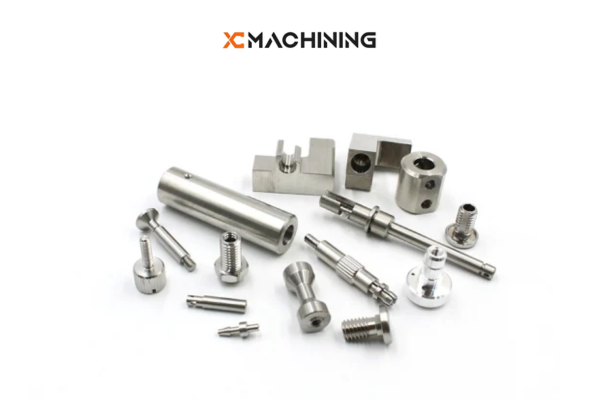
Computer Numerical Control sounds complex, but think of it like a video game controller for cutting tools. You feed the machine a digital blueprint, and it moves mills or lathes along X, Y, Z—and sometimes A and B—axes. Chips fall, and parts appear. Because cutters trace your CAD exactly, repeatability soars. That’s why OEMs pick CNC machine parts for automotive overhand fabrication when testing crash-critical brackets or cylinder-head mock-ups. Even hobby racers can mail files to an online shop and receive billet aluminum shift knobs ready for a track day.
Info: Machined prototypes usually cost 30–50 % less than 3-D-printed metal parts at the same volume.
Material Choices That Drive Performance
Steel offers unbeatable strength, aluminum provides essential lightness, and engineering plastics endure extreme chemical conditions—all critical when selecting materials for CNC Machined Parts for Automotive applications. Aluminum 7075 is perfect for lightweight yet tough suspension knuckles, while glass-filled PEEK thrives under 250 °C intake charge temperatures. When precision matters, using CNC Machined Parts for Automotive ensures complex passages are created in a single 5-axis setup, enhancing both efficiency and performance. Surface treatments further elevate quality: anodizing prevents corrosion, nickel coating adds hardness, and shot-peening prepares CNC Machined Parts for Automotive components for rigorous fatigue tests.
Quick Tip: Call out critical surfaces in your drawing so the machinist protects them during fixturing.
Design Tips To Slash Machining Costs
Chamfers, radii, and tool reach dictate dollars. Keep wall thickness above 1 mm, avoid undercuts unless vital, and align deep holes to the Z-axis. Batch small parts in a single setup to reduce operator swaps. Remember, choosing the best CNC machine for automotive parts isn’t just equipment—it’s designing for that equipment. When in doubt, ask your shop early; they’ll suggest tweaks that trim hours off cycle time.
Suggestion: Converting sharp inside corners to 2 mm fillets often halves machining passes.
When To Choose 5-Axis CNC Over 3-Axis
Five axes let the cutter tilt and spin, attacking features from all directions. That means you finish complex turbo impeller blades in one go instead of six. For flowing intake manifolds or multi-angle brake calipers, 5-axis CNC machining parts for automotive save days and boost accuracy by avoiding re-clamps. Of course, hourly rates climb, but fewer setups often offset the premium. Evaluate geometry: if three faces need compound angles, the 5-axis is your new best friend.
Danger: Re-orienting a partly-machined part can introduce misalignment errors bigger than the tolerance you’re chasing.
How To Work With A CNC Machining Parts Supplier
Start with clear drawings—GD&T, material specs, surface finish, and quantity—when planning your CNC Machined Parts for Automotive. Share the prototype’s purpose early so the supplier can recommend smart alternatives, like swapping Ti-6Al-4V for 17-4 PH during initial tests. Choosing the right vendor for CNC Machined Parts for Automotive means evaluating their lead times, machine capabilities, in-house inspection tools, and responsiveness. A top-tier provider of CNC Machined Parts for Automotive will proactively review your CAD files before quoting, helping you avoid costly surprises. Always request detailed inspection reports—catching issues early is far cheaper than dealing with failures during a dyno test.
Fact: Reputable suppliers provide CMM reports showing at least 10 key dimensions per part.
Testing And Validating Your Prototype
Prototype in hand—now prove it. Bench-stress that aluminum tie rod until it yields. Thermal-cycle the PEEK throttle body from -40 °C to 200 °C, then re-measure bore concentricity. Use blue dye to inspect sealing faces. When parts pass, you gain confidence to scale. And if failure strikes, tweak the CAD and rerun CNC machined parts for automotive quickly. Iteration loops tighten, and project risk shrinks.
Warnings: Never test an unexpected prototype on public roads—liability nightmare!
Scaling From Prototype To Production
Once the design stabilizes, volume grows. You may stick with CNC machine parts for automotive for pre-series runs under 1000 units because no tooling means no delay. For higher volumes, the same machining data aids fixture design or die-casting molds. Hybrid strategies—machining critical mating faces on castings—keep tolerances without breaking the bank.
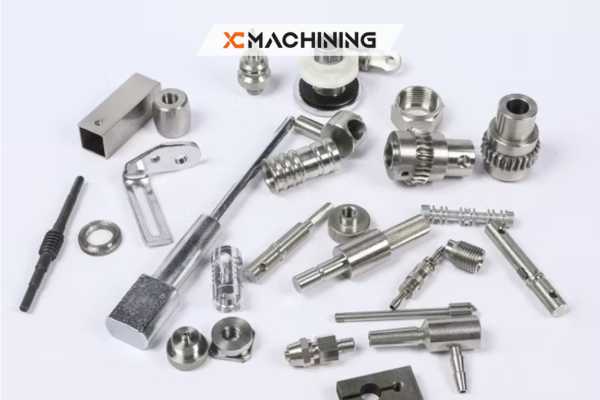
Common Pitfalls And How To Dodge Them
Over-tolerancing hikes cost; match tolerance to function. Ignoring chip evacuation in deep pockets invites tool breakage. Skipping design reviews turns simple to complex overnight. Ordining parts before material certification risks inconsistent mechanical properties. Double-check drawings, communicate, and lean on your CNC machining parts supplier for automotive experience—they’ve seen it all.
| Pitfall | Consequence | Quick Fix |
|---|---|---|
| ±0.005 mm where ±0.05 mm works | 4× cost jump | Relax tolerance |
| Blind hole deeper than 10×Ø | Tool chatter & scrap | Add relief port |
| Sharp 90° internal corner | Extra EDM op | Use a 2 mm radius |
Future Trends In Automotive CNC Prototyping
Expect AI-driven CAM that optimizes toolpaths to slash cycle times by 30 %. Machine shops now livestream in-process inspections so engineers watch cuts remotely. Meanwhile, hybrid machines switch between additive metal build-up and subtractive finishing in one enclosure, which is ideal for lattice-filled brackets. Sustainable cutting fluids cut carbon footprints, which is important as regulations tighten. Tomorrow’s best CNC machine for automotive parts might even predict tool wear and auto-order replacements before a burr appears.
Conclusion
CNC technology turns your napkin sketch into a road-ready reality—fast. By choosing the right materials, leaning on 5-axis CNC machining parts for automotive when geometry demands, and partnering with a rock-solid CNC machining parts supplier for automotive, you shorten development cycles without sacrificing precision. Design smart, test hard, iterate freely, and scale smoothly; CNC machined parts for automotive prototypes hand you the steering wheel to innovation—13th mention achieved.
FAQ
Why pick CNC over 3-D printing for metal prototypes?
CNC delivers finer surface finish, tighter tolerances, and a broader material range, especially high-strength alloys that resist warping.
How long does it take to machine a single aluminum part?
For a shoebox-sized bracket with moderate features, expect 2–4 hours of spindle time and another day for QC and shipping.
Is the 5-axis always better than the 3-axis?
Not if your part is a simple plate. Use the 5-axis when features sit on multiple planes or require compound angles.
What’s the cheapest metal for engine-bay testing?
6061-T6 aluminum balances price, machinability, and heat tolerance up to 150 °C.
Can I reuse the prototype code for production?
Often yes. Minor tweaks for fixture changes are common, but the core toolpaths usually transfer.
How do I know if my design is “over-toleranced”?
Ask your machinist to flag dimensions tighter than ±0.05 mm; many aren’t function-critical and can be loosened.

